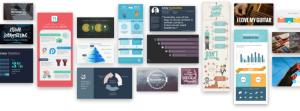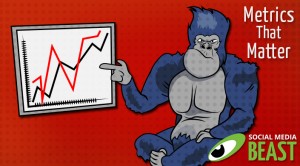 If you are a business owner, you have probably tried to figure out how to reach the exact people you believe will be interested in your products or services at the exact time they need or want them. Until recently, this was a very “hit or miss” proposition. The reality was that TV ads, print ads, direct mail, and other outbound marketing wasted a lot of money talking to people who couldn’t care less about what you were selling.
If you are a business owner, you have probably tried to figure out how to reach the exact people you believe will be interested in your products or services at the exact time they need or want them. Until recently, this was a very “hit or miss” proposition. The reality was that TV ads, print ads, direct mail, and other outbound marketing wasted a lot of money talking to people who couldn’t care less about what you were selling.
Social Media and Big Data have changed communication channels completely. Marketers now have the tools not only to understand what their prospective customers want, but to ask the right questions and use the answers to attract, keep and better serve their customers. And they have access to an amazing amount personal information and buying habits of just about everyone.
While large companies seem to have the edge when it comes to analyzing and using Big Data, smaller companies are able to harness the data gathered and analyzed by social media platforms like Facebook.
Facebook has spent the last 10+ years gathering all kinds of information on their members. And with over 1 billion members, the amount of data at Facebook’s command is mind numbing. Some of the information that Facebook has accumulated on its members include: gender, age, marital status, location, job, Pages they like, what they post, their education, politics, whether they have a pet or have children, and what their interests are. In fact, anything they share, like or click on becomes a part of their Facebook profile. Facebook also looks at what their friends post to give them an even clearer picture.
And that’s not all, using recent partnerships with other data collection companies, Facebook is acquiring even more information, including information from store loyalty cards, mailing lists, and public records (automobile registration, home purchases, marriage licenses, birth records, etc.)
Facebook takes this data and uses a set of complex math and algorithms to analyze it and serve it up to companies advertising on their site.
One example: If you are selling specialty floor mats, you would be able to target people who have purchased an automobile and have small children or pets. Even better, using “lookalike audiences” you could send the same ad to people similar to the original car buyers – people who may have purchased a car recently, or plan to buy one in the near future.
Facebook’s main goal is to give their members relevant information in order to keep them engaged and interested while helping them make intelligent buying decisions. This gives marketers who are able to take advantage of this information to adequately define the groups they wish to market to, and then develop the ads that will best speak to those groups, a distinct advantage over their competitors.
Digital & Social Articles on Business 2 Community
(299)







